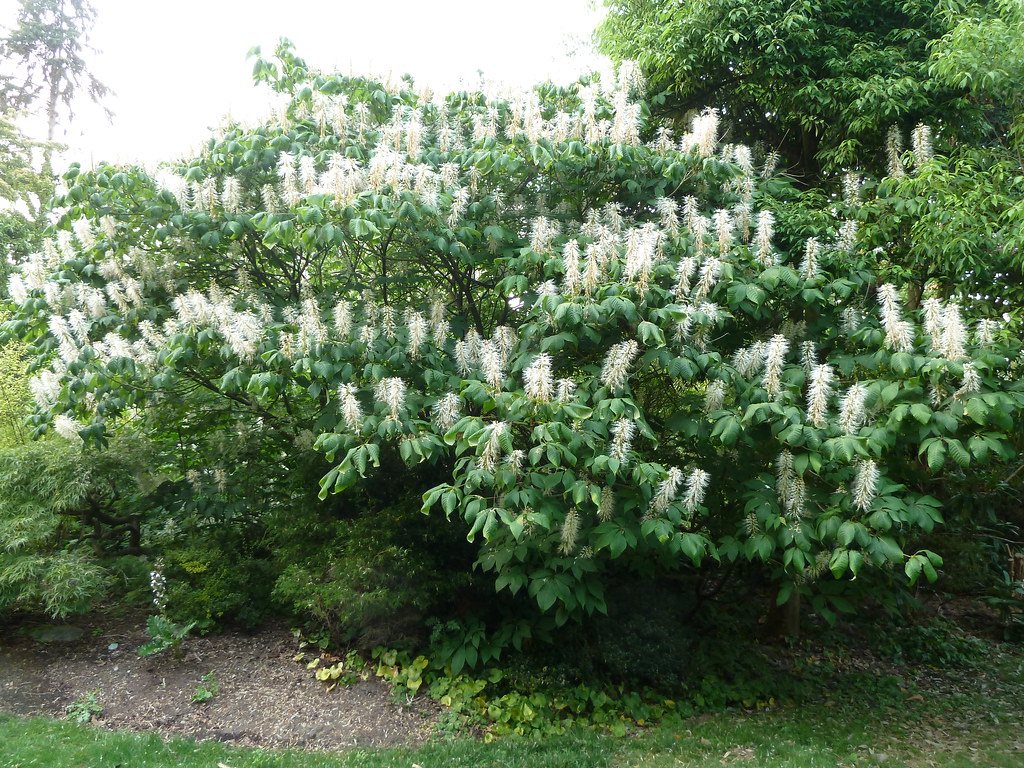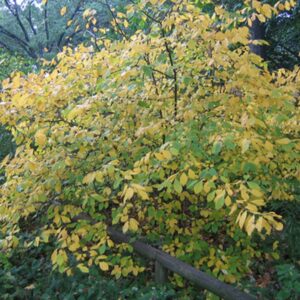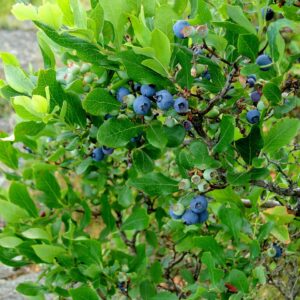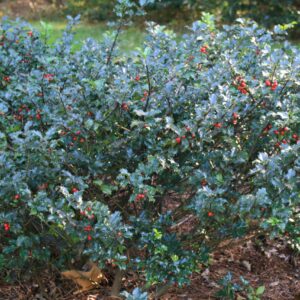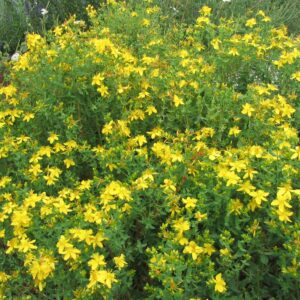Description
Bottlebrush Buckeye Characteristics
Bottlebrush Buckeye are large deciduous shrubs that are ideal for heavily shaded areas. The flower bloom in such great quantity that these shrubs are considered to be one of the best flowering shrubs for shaded areas. They can grow to 12' with a slightly wider spread.
These flowering shrubs are hardy additions to any landscape. They are generally able to tolerate soil erosion, wet soils and heavy shade. They are not particularly attractive to deer and rabbits. You can often find butterflies and other pollinators around the large, abundant flowers.
Bottlebrush Buckeye are relatively easy to care for and rarely have serious insect or disease issues.
-
USDA Climate Zone
Zones 4 - 8
-
Height
8.00 - 12.00
-
Spread
8.00 - 15.00'
-
Bloom Time
June - July
-
Water
Medium
-
Sun
Part Shade - Full Shade
-
Maintenance
Low
-
Deer Resistant?
Yes
